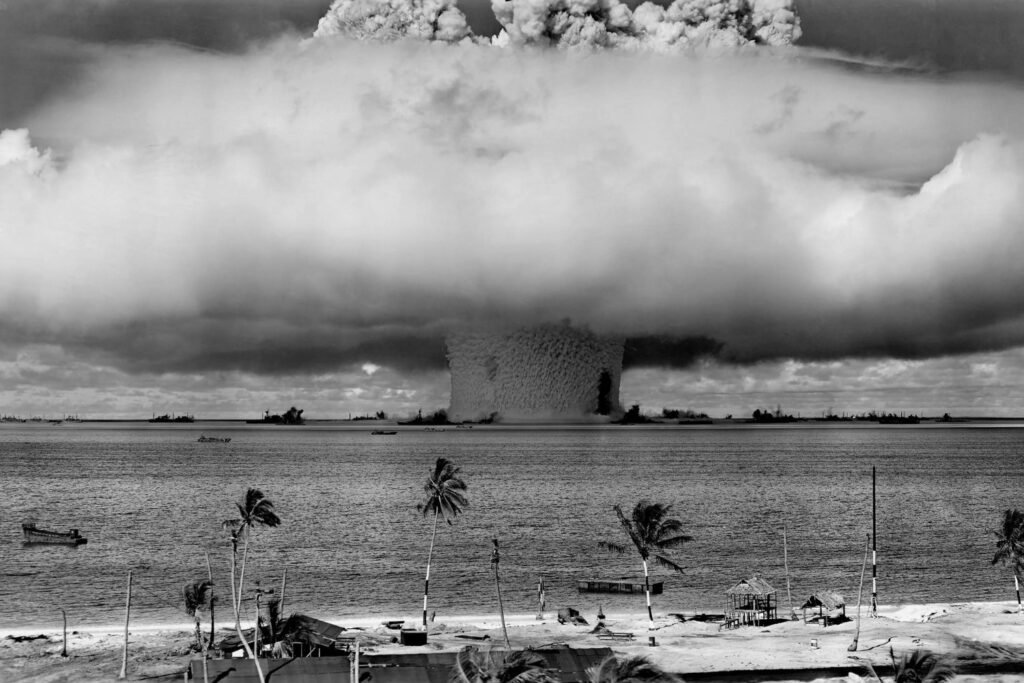The day they envisioned the end of the world: the nuclear weapon that surpassed all others

At the height of the nuclear arms race, superpowers not only competed for military supremacy, but also pushed the boundaries of imagination. Fear, propaganda, and scientific ambition led to ideas as grandiose as they were terrifying. One of these was Project Sundial, a weapon that was never deployed but came close to the apocalyptic brink. This tale reveals how far humanity went to assert its power.
### The bomb that shook the Arctic
On October 30, 1961, a Soviet bomber flew over Novaya Zemlya carrying the largest bomb ever detonated: the Tsar Bomba. Its explosion of 50 megatons lit up the sky with a fireball nearly 10 kilometers wide and a mushroom cloud over 65 kilometers high. It was a brutal demonstration of Soviet atomic power. And yet, it was not the worst that could happen.
That bomb had been designed to reach 100 megatons, but it was limited by its creators. What is unsettling is that, in the meantime, the United States was working on something even more monstrous. A weapon of such immense magnitude that it could have altered the course of history: Sundial.
### From fear to fusion
After the bombs of Hiroshima and Nagasaki, science advanced to a second level: nuclear fusion. H-bombs, based on deuterium and tritium reactions, exponentially multiplied destructive power. In 1952, the “Mike” test first demonstrated this potential with 10.4 megatons.
But it was not enough. Edward Teller, one of the fathers of the H-bomb, wanted more. Much more. In 1954, “Shrimp” exploded with 15 megatons, surprising everyone with its devastation. It was then that Sundial was conceived: a bomb of 10,000 megatons. Yes, 10 gigatons. A weapon that would not only annihilate cities but could have scorched entire countries.
### Sundial: when science loses its way
The Sundial Project proposed a double detonation system: a bomb called Gnomon, with 1,000 megatons, would trigger Sundial, its “big sister.” The dimensions of the impact exceeded any known calculation: massive fires, atmospheric damage, and a death toll impossible to imagine.
Although it sounds like science fiction today, declassified documents reveal that its test was planned in Operation Redwing in 1956. It was never carried out, but its existence shows how far nuclear madness flirted with disaster.
### The legacy of a looming threat
Sundial was never activated. The restrictions of the Partial Nuclear Test Ban Treaty in 1963 halted the progress of these monstrous weapons. The strategy shifted towards smaller and more manageable nuclear warheads, leaving Sundial as more of a warning than a real weapon.
However, its idea persists. The logic of total destruction has not disappeared. It continues in new arms developments and in the shadow of a humanity that, even today, seems willing to flirt with its own extinction.
Source: [insert source link here]




